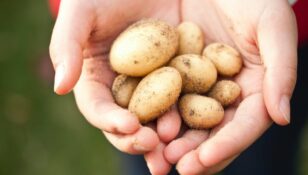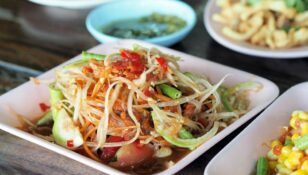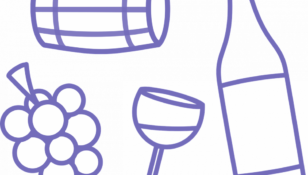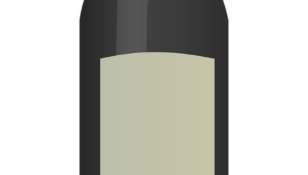Surströmming: A Historical Journey into the Iconic Swedish Fermented Fish
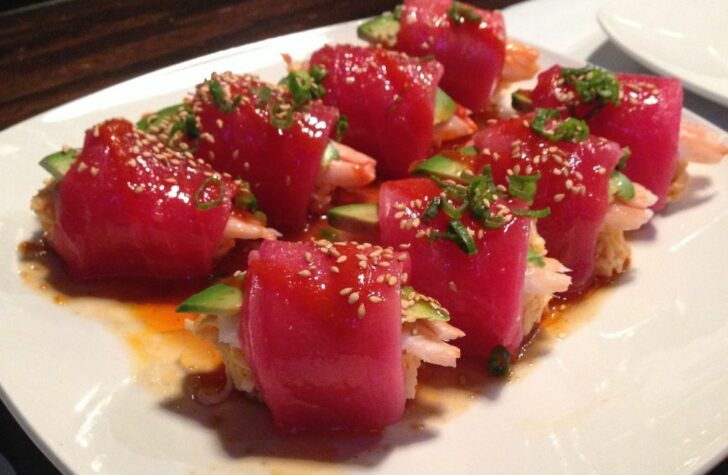
Introduction:
Surströmming, known as the Swedish ”fermented herring,” has a rich and intriguing history that dates back centuries. This article explores the origins, types, popularity, and quantitative measurements associated with surströmming. Additionally, it delves into the distinct variations of surströmming history, as well as the pros and cons that come along with each one. Let us embark on a journey through time to unravel the story behind this unique culinary delight.
I. An Overarching Overview of Surströmming History:
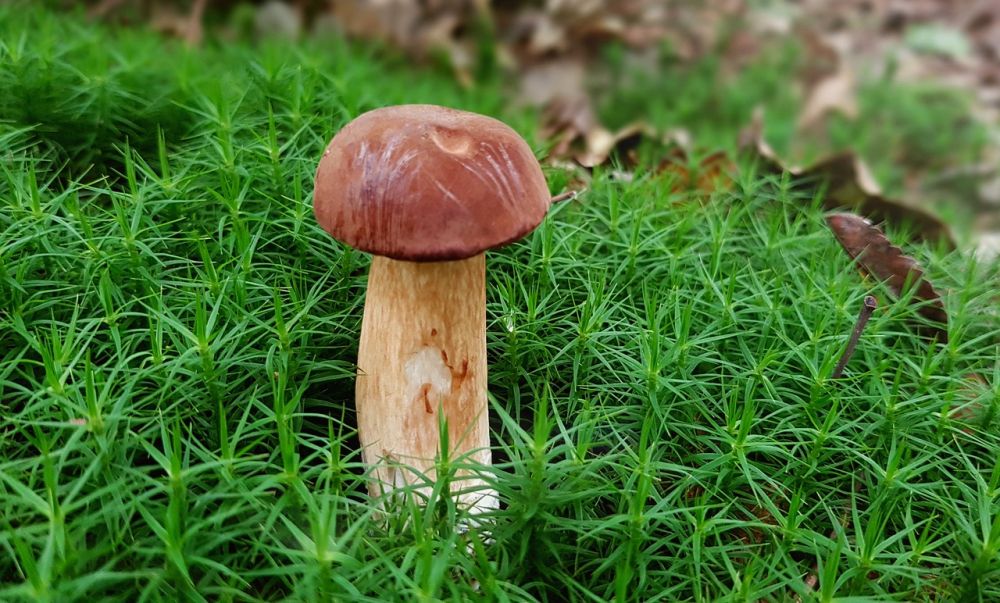
Surströmming has its roots in the Northern Swedish culture, where preserving fish was a necessity due to the long, harsh winters. The tradition of fermenting herring can be traced back to the 16th century when sea voyages and trade flourished.
II. Comprehensive Presentation of Surströmming History:
a. What is Surströmming:
Surströmming is created by fermenting Baltic herring using a carefully balanced combination of salt and time. This fermentation process imparts a distinct tangy and pungent flavor to the fish, making it an acquired taste for many.
b. Types and Variations:
Surströmming comes in different varieties, such as the traditional ”klassisk surströmming” and the milder ”mild surströmming.” Each type has its own loyal fan base and is characterized by variations in fermentation time and intensity of flavors.
c. Popularity:
Over the years, surströmming has gained popularity both within Sweden and internationally. It has become a culinary symbol of Swedish culture and attracts enthusiasts who adore its unique taste and tradition.
III. Quantitative Measurements of Surströmming History:
Surströmming history can be quantified by several factors, including:
a. Fermentation Time: The duration of fermentation directly affects the flavors and texture of surströmming. It ranges from a few months to even several years for more vintage varieties.
b. Salt Percentage: The right balance of salt is crucial in preserving the fish and enhancing its taste. Various quantities of salt are used depending on the desired outcome.
c. pH Levels: Measuring the pH levels during the fermentation process can provide insights into the progression of fermentation and help maintain consistency in the final product.
IV. Understanding the Differences in Surströmming History:
a. Regional Variations: Different regions in Sweden have their own way of preparing and fermenting surströmming. These variations can be attributed to local preferences, cultural practices, and unique geographical conditions.
b. Modern vs. Traditional Methods: The modern surströmming industry has introduced modifications to the traditional fermentation process to cater to larger demands. This has led to debates on the authenticity and quality of surströmming produced using these modern techniques.
V. Historical Assessment of Pros and Cons Associated with Surströmming History:
a. Advantages:
i. Long Shelf Life: The fermentation process grants surströmming an extended shelf life, making it a valuable food source during long winters.
ii. Nutritional Value: Surströmming is packed with omega-3 fatty acids, proteins, and vitamins, providing essential nutrients to consumers.
iii. Cultural Heritage: Surströmming plays a significant role in preserving Swedish culinary traditions, strengthening cultural identity, and fostering community traditions.
b. Disadvantages:
i. Strong Odor: Surströmming is infamous for its strong smell, which can be overpowering and unappealing for some individuals.
ii. Acquired Taste: The intense flavor profile of surströmming may not be well-received by everyone, making it a polarizing choice among food enthusiasts.
iii. Accessibility: Surströmming is primarily produced and consumed in Sweden, limiting its accessibility to international audiences.
[INSERT VIDEO HERE]
Conclusion:
Surströmming history tells a tale of a fish preserved through time-honored techniques, cultural heritage, and culinary appreciation. It has become more than just a delicacy; it represents the resilience and creativity of Swedish cuisine. Whether you are an adventurous foodie or simply curious about unique culinary traditions, experiencing surströmming is an adventure you won’t soon forget.











